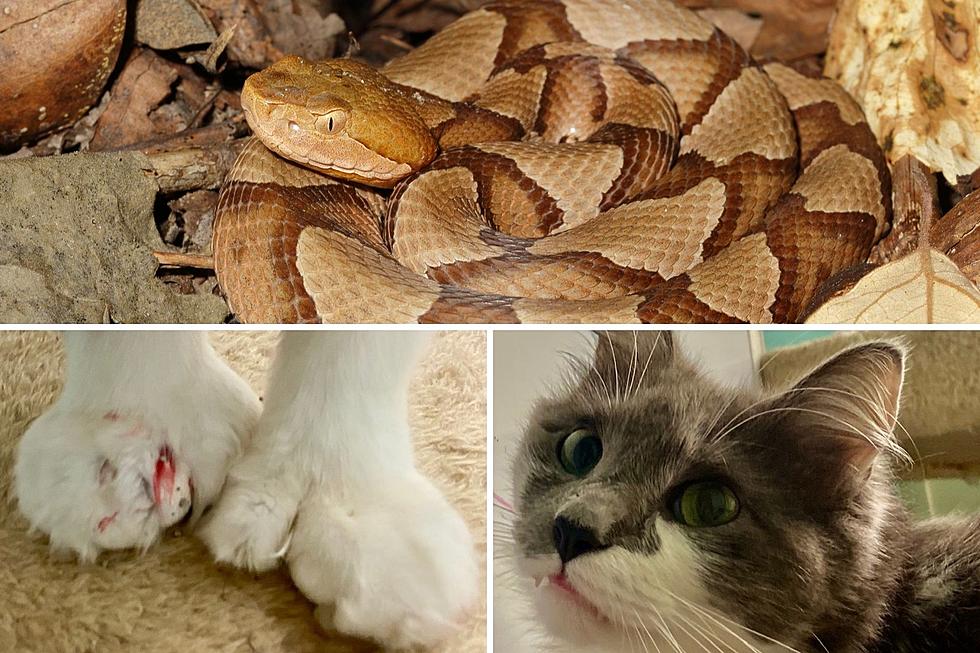
How to Avoid Fleas and Ticks This Season
Warm weather means barbecues, baseball and trips to the park with family and pets. But for pet owners, warm weather can also mean fleas, ticks, mosquitoes and other disease-carrying bugs.
“Fleas alone can each bite you or your pet up to hundreds of times a day,” says Dr. Rod Van Horn, a small animal, practicing veterinarian. “It’s vital to get control of these pests before they have the chance to bite, hurt and potentially spread disease.”
Now that the sunshine is finally here, you may be anxious to take your four-legged friends outdoors to run around. Help your pets avoid ticks and fleas by following these easy tips:
Treat for Prevention
You may not always be able to keep your pets away from infested areas, but you can stop the bugs from latching onto your pet. Treat your pet monthly with a topical flea and tick treatment for the most effective, longest lasting way to prevent infestation. There are now approved generic versions of topical veterinary products that use the same active ingredients as well, like Sergeant’s Pronyl OTC. It kills fleas and ticks, including those which can spread Lyme disease, and keeps your pet protected for up to 30 days.
According to experts, more than 70 percent of fleas bite a dog within the first hour of jumping aboard, so killing them within that first hour is paramount. Try a fast-acting treatment, such as Sentry Fiproguard MAX for dogs, which starts to kill fleas and ticks in just five minutes, before they can do damage.
Check your House and Yard
If you think you may have a flea infestation but aren’t sure, start by checking your house and yard. Walking around your home and yard in a pair of long white socks makes pests easy to spot. Now you’ll see if you have fleas hiding in your home. Secure the infested socks in a plastic bag and throw them away or put into the washing machine for a hot wash.
Inspect your Pets
After a run outdoors, thoroughly check your pet for fleas and ticks or any signs of itching or blood stains. Be sure to look underneath the hair for visible bugs. But be aware that the largest part of an infestation – flea eggs, larvae and pupae – are almost impossible to see in a quick check. That’s why prevention is key.
Be Proactive
Treat your pets now, before it’s too late. Apply treatments year-round to repel pests and prevent them from latching onto your pet’s skin. Just because you don’t see fleas or ticks now, doesn’t mean they aren’t worth worrying about. Always plan ahead.
Do everything you can to protect your pet, and you’ll never have to fret about bringing home pesky pests from the park again.
[StatePoint]
More From KLUB Tejano 106.9










